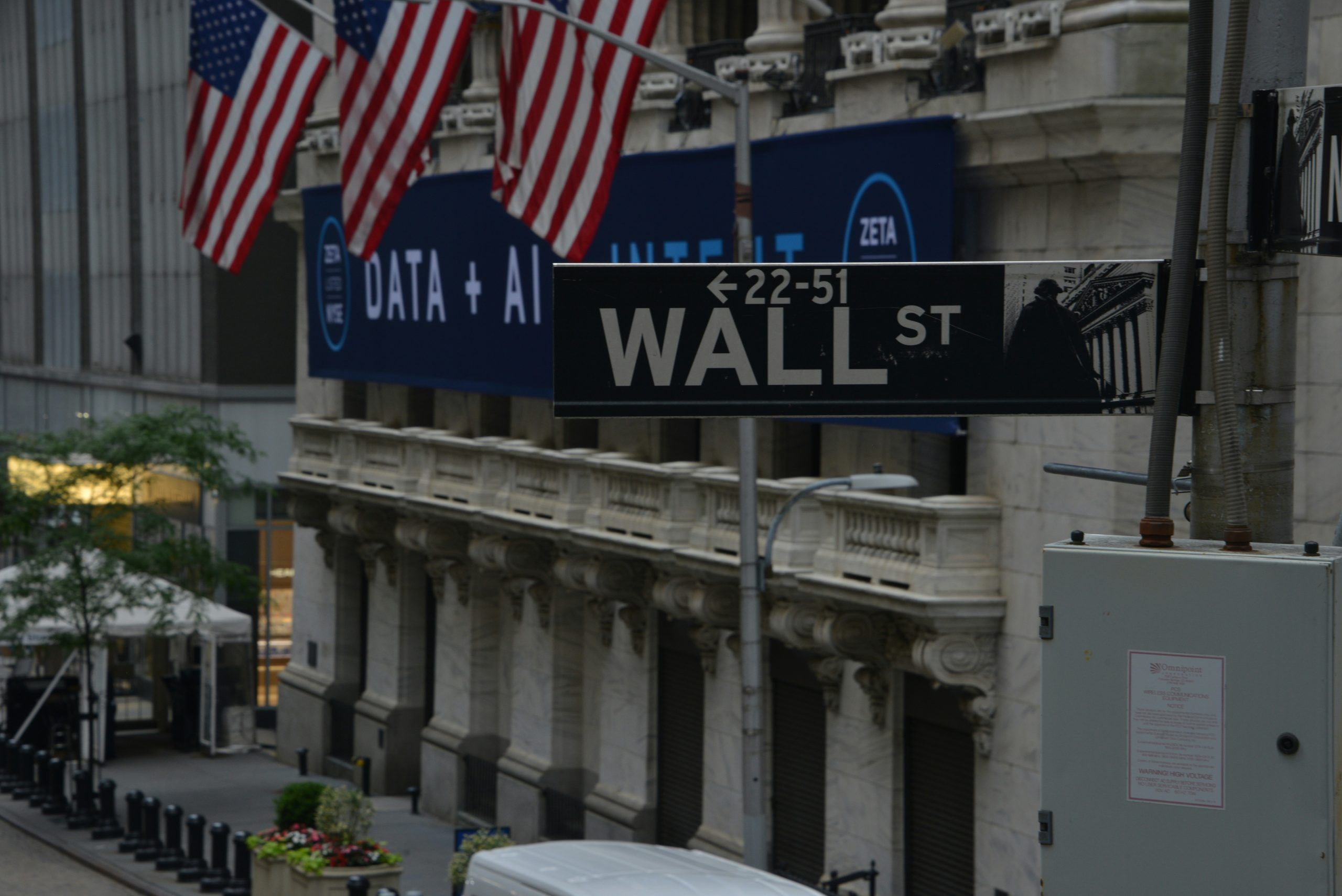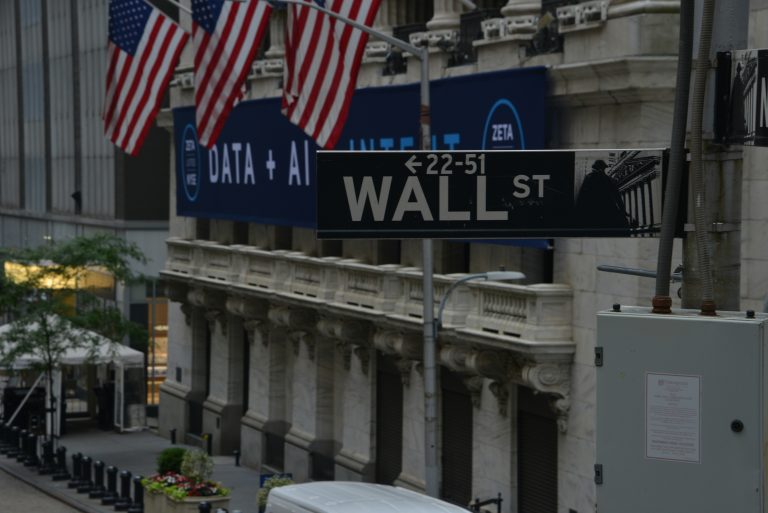
Wall Street futures surged to new record highs on Monday, buoyed by growing optimism around U.S. trade talks with key partners, particularly Canada, which moved to ease tensions by withdrawing its digital services tax.
The move comes amid ongoing efforts to finalize trade agreements ahead of a revised July 21 deadline, an extension of President Donald Trump’s original July 9 target for enacting reciprocal tariffs. Officials now expect most deals to be finalized by Labor Day (September 1).
Global equities reflected the positive momentum, with European shares paring early losses and world stocks hovering just below record highs.
Markets Rally Despite Policy Uncertainty
Investor sentiment was also supported by resilient U.S. tech giants, with Nasdaq futures climbing 0.5% and the S&P 500 rising 0.4%, both reaching new highs. Nvidia (NASDAQ: NVDA), Alphabet (NASDAQ: GOOGL), and Amazon (NASDAQ: AMZN) led the gains.
“Markets have shown remarkable resilience despite ongoing uncertainty,” said Kevin Gardiner, Global Investment Strategist at Rothschild & Co.
“However, valuations haven’t looked this stretched since 2000.”
Meanwhile, investors remain cautious over the fate of Trump’s massive tax-cut and spending bill, currently stalled in the Senate. The Congressional Budget Office estimates it could add $3.3 trillion to the national debt over a decade—raising concerns about future demand for U.S. Treasuries.
European and Asian Markets Mixed
In Europe, major indices trimmed early losses, with regional defense stocks up over 1%—benefiting from last week’s NATO commitment to allocate 3.5% of GDP to defense spending, and 1.5% to related initiatives, potentially adding hundreds of billions in annual investments.
Investors also await signals from the European Central Bank conference in Sintra, Portugal, as well as key eurozone inflation data and the U.S. non-farm payrolls report due Thursday.
In Asia, performance was mixed:
- Chinese blue chips rose 0.4% following signs of modest improvement in manufacturing and services activity in June.
- Japan’s Nikkei gained 0.8%.
- Hong Kong’s Hang Seng Index slipped 0.9%.
Dollar Softens Ahead of Jobs Report
The U.S. dollar slipped, weighed down by uncertainty over tariffs and speculation of potential Federal Reserve rate cuts. With U.S. markets closed Friday for Independence Day, June’s jobs report will be released a day early.
Analysts expect the U.S. to have added 110,000 jobs in June, with the unemployment rate edging up to 4.3%—its highest level in nearly a year.
A weaker report could strengthen the case for a July rate cut, rather than a more cautious September move. Expectations for policy easing helped 10-year Treasury yields fall to 4.25%, down 3 basis points on the day.
The U.S. Dollar Index dropped 0.2% to 97.237, near its lowest levels in three years:
- The euro held steady around $1.173, after rising over 1% last week to a 2021 high.
- Sterling dipped 0.1% to $1.37, slightly below last week’s peak.
- The dollar weakened 0.3% to 144.19 yen.
“The dollar’s decline could become self-reinforcing,” warned James Reilly, Senior Markets Economist at Capital Economics, citing a rush by under-hedged Asian and European investors to reposition.
Gold Rises, Oil Struggles
Gold prices edged up 0.4% to $3,285 an ounce, supported by a weaker dollar, but remained below April’s record of $3,500.
Oil, however, continued to struggle amid concerns about increased supply from OPEC+, which contributed to a 12% drop last week:
- Brent crude slipped 17 cents to $67.60 per barrel
- U.S. crude fell 26 cents to $65.26





